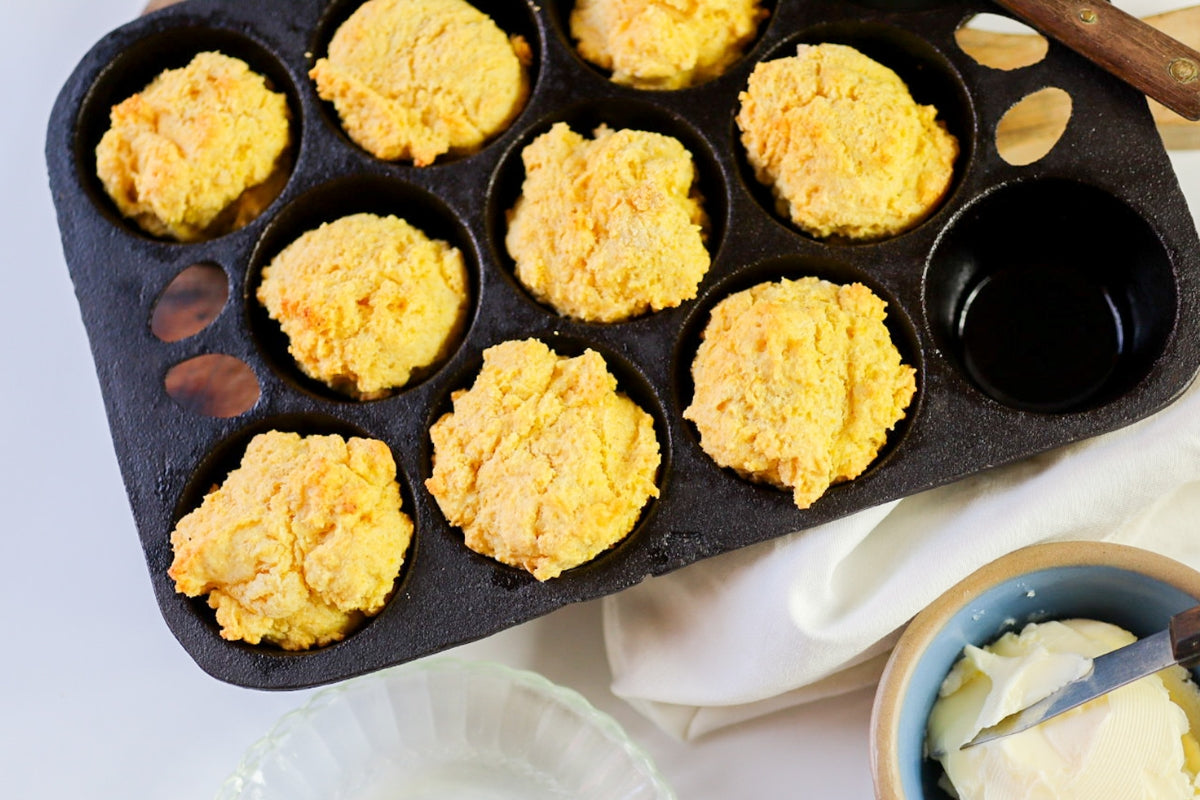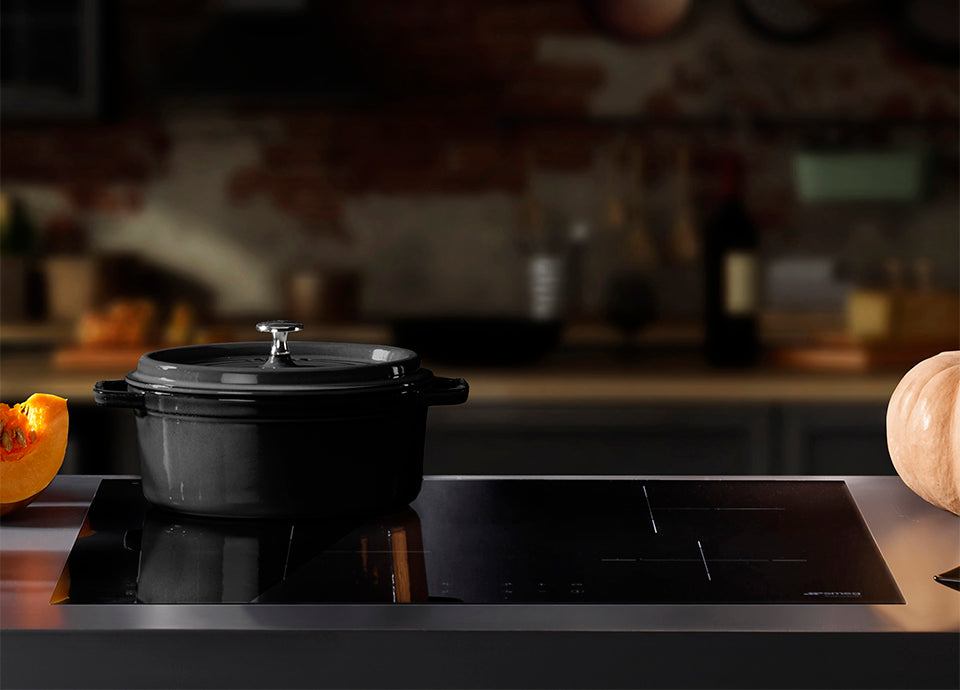In the world of professional cooking, the tools you use can make a significant difference in the quality of your culinary creations. One such tool that has garnered attention is the cast iron muffin pan. But why use a cast iron muffin pan over other types? This article delves into the myriad benefits of opting for a cast iron muffin pan, especially for kitchen professionals who strive for perfection in their baked goods.

The Historical Significance of Cast Iron
Cast iron has a rich history in the culinary world, known for its durability and heat retention properties. These attributes make it a favorite among chefs and home cooks alike. The cast iron muffin pan is no exception, offering the same reliability and performance that cast iron is famous for. For centuries, cast iron has been the go-to material for cookware, providing consistent results and standing the test of time.
Even Heat Distribution for Perfect Muffins
One of the primary reasons to choose a cast iron muffin pan is its ability to distribute heat evenly. This ensures that your muffins bake uniformly, with no overcooked or undercooked spots. Unlike other materials, cast iron absorbs, retains, and radiates heat effectively, which is crucial for achieving the perfect texture and flavor in baked goods. For more on how cast iron pans ensure even heating, check this link.
Longevity and Durability of Cast Iron
A cast iron muffin pan is an investment that lasts a lifetime. Unlike non-stick pans that may wear out or become unsafe over time, cast iron improves with age. With proper care, it becomes more seasoned and develops a natural non-stick surface. This longevity is not only economical but also ensures that you are using a safe and reliable tool in your kitchen.
Environmental Benefits
Choosing a cast iron muffin pan also aligns with sustainable cooking practices. Since these pans are built to last, they reduce the need for frequent replacements, thus minimizing waste. Additionally, cast iron is recyclable, making it an environmentally friendly choice for the eco-conscious chef.
Versatility in the Professional Kitchen
Beyond baking muffins, a cast iron muffin pan can be used for a variety of culinary applications. Its versatility allows chefs to experiment with different recipes, such as popovers or cornbread. The ability to go from stovetop to oven makes it an indispensable tool in a professional kitchen. For more unique recipe ideas, explore this external link.
Maintaining Your Cast Iron Muffin Pan
Proper maintenance is key to ensuring your cast iron muffin pan remains in top condition. Regular seasoning and cleaning without harsh soaps will keep the pan's surface in optimal shape. Avoiding moisture exposure will prevent rust, ensuring your pan lasts for generations.
Seasoning Your Pan
Seasoning is a simple process that involves coating the pan with a thin layer of oil and heating it. This creates a natural non-stick surface and protects the pan from rust. The more you use and season your pan, the better it performs.
Conclusion
For kitchen professionals, the choice of using a cast iron muffin pan is clear. Its superior heat distribution, durability, and versatility make it an essential tool for any serious cook. By investing in a cast iron muffin pan, chefs can elevate their baking and explore a wide range of culinary possibilities.

FAQ
What makes cast iron different from other materials?
Cast iron is known for its excellent heat retention and distribution properties, which are superior to many other materials. This makes it ideal for achieving consistent cooking results.
Can I use a cast iron muffin pan on any heat source?
Yes, cast iron is versatile and can be used on various heat sources, including induction, gas, and electric stovetops, as well as in ovens.
How do I prevent my cast iron pan from rusting?
To prevent rust, always dry your cast iron pan thoroughly after washing and apply a layer of oil to protect the surface. Avoid leaving it in damp environments.
This article contains affiliate links. We may earn a commission at no extra cost to you.






Leave a comment
This site is protected by hCaptcha and the hCaptcha Privacy Policy and Terms of Service apply.